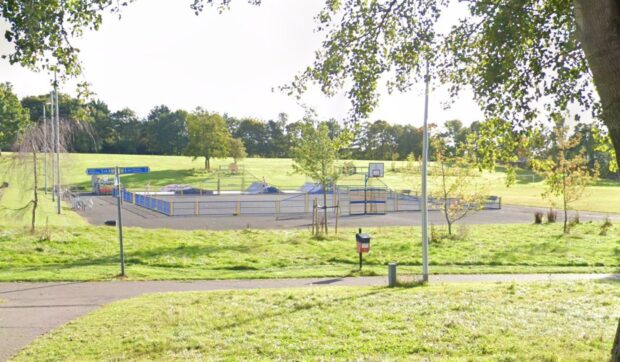Scotland’s largest teaching union has warned of a “retention crisis” in Tayside and Fife schools following a rise in the number of teachers signed off with stress.
Educators across the region have raised concerns over ever-increasing workloads amid claims jobs are being left unfilled due to poor working conditions and pay.
Figures obtained by The Courier through a series of Freedom of Information requests have revealed the number of teachers signed off with stress in the region has increased in each of the last three years, reaching a peak of 285 in 2017.
Local councils also confirmed more than 40 teachers were at home recovering from stress-related illness at the time the requests were handled, raising fears 2018 could see another major jump.
David Baxter, branch secretary for the Education Institute of Scotland (EIS), said it was “no surprise” the number of stressed out teachers was on the rise given the “excessive” workloads they face.
“If education really is the number one priority of the Scottish Government, why isn’t more being done to reduce the number leaving the profession?” he said.
“A lot of it comes down to pay. We want the best and the brightest educating the next generation but often they are looking elsewhere because there is more on offer.
“It’s been left up to the schools to cover the gaps and that means a bigger workload for teachers.”
The EIS has called for a 10% rise in the rate of pay for Scottish teachers – which is set nationally through the Scottish Negotiating Committee for Teachers (SNCT) – after warning rates had fallen by more than a fifth over the past decade.
Mr Baxter pointed to a reduction in the number of educators absent from Dundee schools as a result of stress last year as an example of councils working with the union to tackle workplace pressures – but warned more has to be done.
He said: “Dundee City Council have been very proactive on this but I think what we need to see overall is a restoration of teachers’ wages to make the job attractive again.
“If the Scottish Government are going to be serious or credible on education, they need to tackle the issues behind why people are leaving.
“The failures to look at the ways we retain and recruit staff are symptomatic of things not going right in Scottish education.”
A Scottish Government spokesman confirmed negotiations with the SNCT for 2018-19 are underway and said ministers will “play our part”.
He added: “We recognise the pressures teachers face and have undertaken a range of actions to help reduce their workload, including clarifying and simplifying the curriculum framework and removing unnecessary bureaucracy.
“Our education reforms will also create new opportunities for teachers to develop their careers.”
Councils have procedures in place to help
Dundee City Council said managers, head teachers and unions are working to reduce unnecessary bureaucracy to allow teachers to focus fully on learning and teaching.
A spokesman said: “The council monitors and reports absence information to senior managers and all trade unions on a monthly basis.
“We are working proactively on a supportive health and wellbeing approach collaboratively with the trade unions as part of the council’s ‘Our People Strategy’, which will also look at any workload issues as and if they arise.
A spokesman for Angus Council said officials “do not want any of our staff to experience unnecessary, undue or excessive stress”.
He added: “Where it does occur, we have policies and procedures in place to ensure the cause is identified, acknowledged and managed so staff can have confidence they will be supported in an effective way to eliminate or reduce the cause of any work-related stress they have.”
Perth & Kinross and Fife Councils declined to comment.










